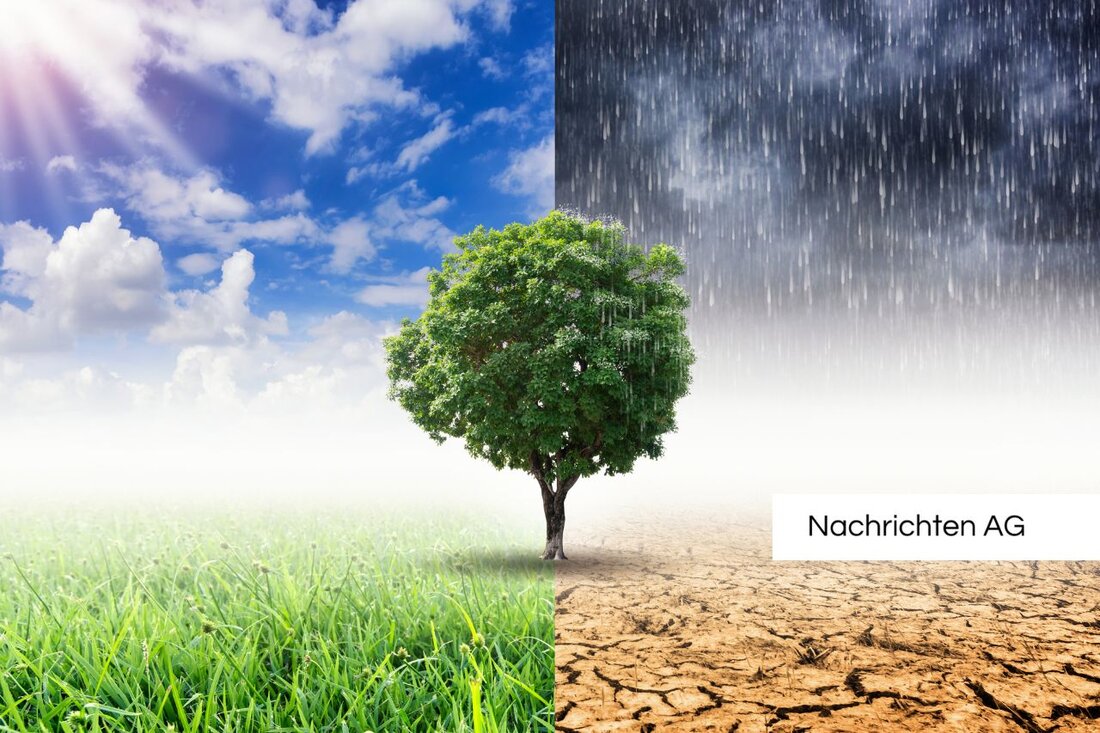Brandenburg's nature is on the rise: 2.28 hectares of new biodiversity!
In the Märkisch-Oderland district, reforestation measures by the Lindhorst Group are strengthening biodiversity on 2.28 hectares.

Brandenburg's nature is on the rise: 2.28 hectares of new biodiversity!
In a significant step for nature and climate protection in Brandenburg, the Lindhorst Group is launching three sustainable measures with its reforestation in Hermersdorf, Märkisch-Oderland district, which are to be implemented on a total area of 2.28 hectares. These initiatives not only serve to balance nature, but also to promote biodiversity and the soil climate in the region. The measures include sowing a seed mixture typical of the location on 1.50 hectares, which will be created as extensive permanent grassland in spring 2026, as well as the creation of a strip of hedges and trees on 0.78 hectares, which will already be carried out this year.
Amid the challenges of climate change, strengthening biodiversity is more important than ever. According to windmesse.de, these measures are intended to counteract insect deaths and the loss of biological diversity. Soil health also plays a crucial role. The projects are implemented in close coordination with local forestry authorities and in collaboration with the Brandenburgischen Anlagen- und Umwelt GmbH (BFU).
Long-term goals and comprehensive measures
“Planting trees is not enough,” is the philosophy of brandenburg-forstet-auf.de. The holistic approach aims to create resilient ecosystems and create mixed forests, as these are up to 70% more resilient to climate adaptation than monocultures. In recent years, Lindhorst Afforestation has implemented remarkable 36 hectares of compensation measures in Brandenburg. Particularly noteworthy are the approximately 77 hectares of measures from 2023, which also include forest conversions and nature compensation projects.
Another important feature of this initiative is the focus on climate-resilient mixed forests. These consist predominantly of sessile oak, hornbeam, birch and Norway maple, which together bind an average of around 8 tonnes of CO₂ per hectare per year. In addition, certified seedlings are used in cultivation and planting, which are provided in collaboration with local forest tree nurseries.
Collaborations and future projects
However, the reforestation work in Hermersdorf is only part of a larger plan. Active collaborations, such as with Tesla and VEO GmbH, underline the commitment to planting native and climate-resilient tree species. This integrative approach will be further strengthened by the founding of the non-profit association concept zukunftswald e.V. in 2023. Together with institutions such as the HNE Eberswalde, LFE and HU Berlin, alternative tree species are being investigated on an area of around 16 hectares in order to be better adapted to the chosen climatic conditions and to be able to meet the challenges of the future, as nfg-brandenburg.de reports.
The Lindhorst reforestation initiatives are not only a sign of strong environmental awareness, but also an excellent example of how a sustainable balance to nature can be created through collaboration and innovative approaches. The commitment to planting trees while listening to nature could prove to be a true showcase for the future of the region.

 Suche
Suche